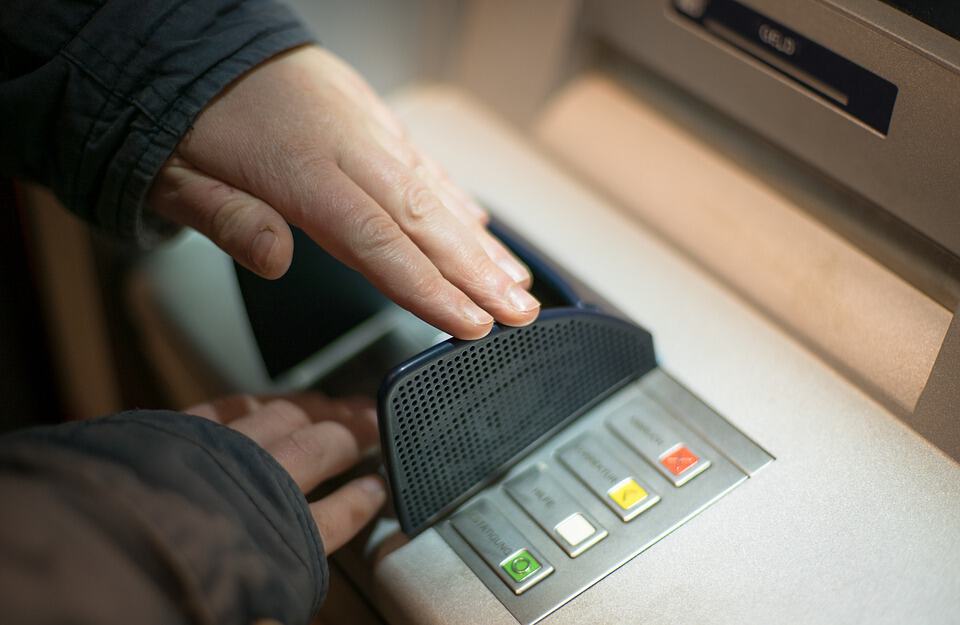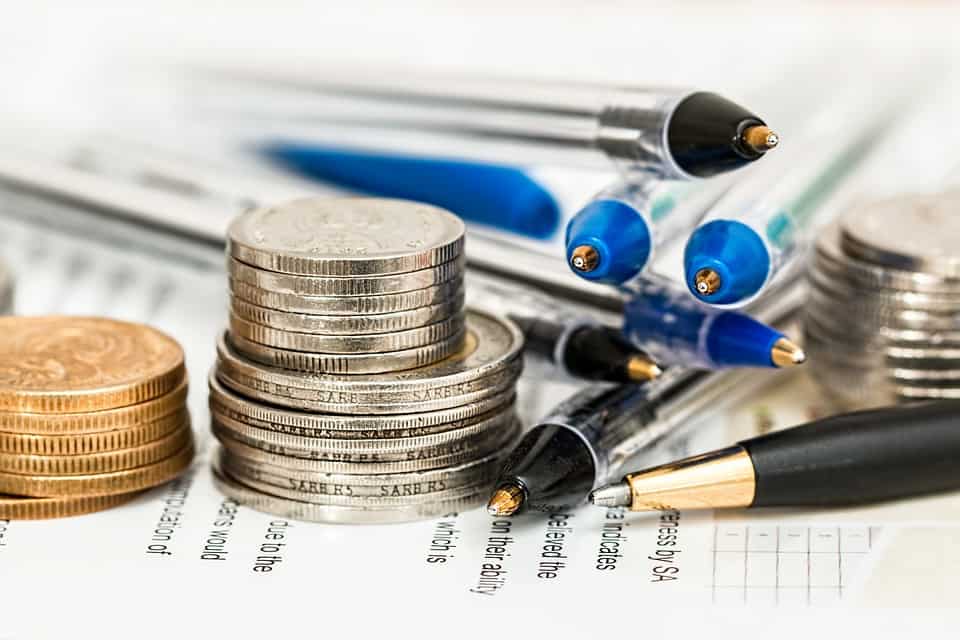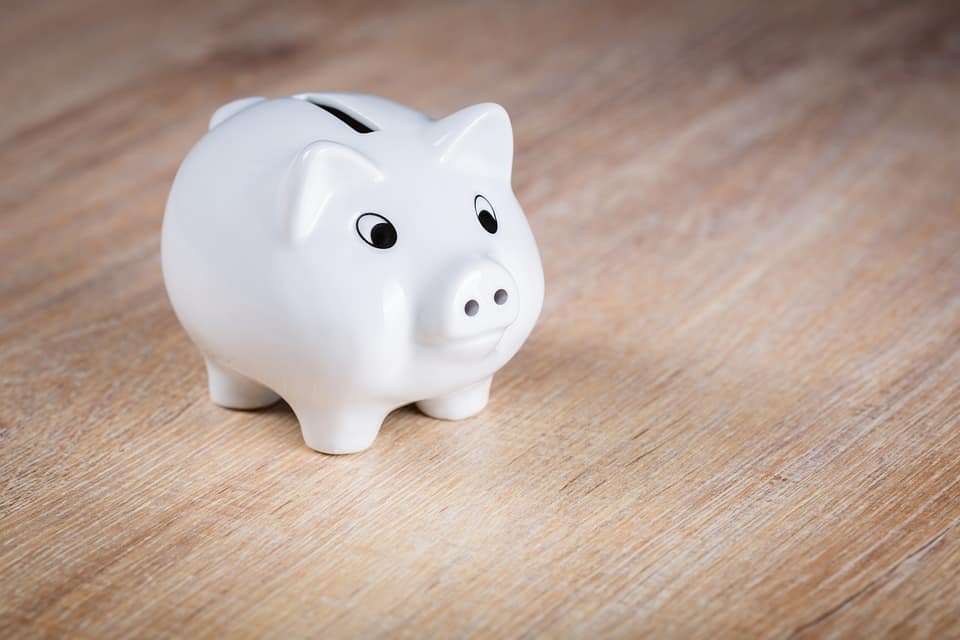The road to financial freedom can be difficult to follow through, but once you have a system of budgeting your income, you’ll achieve prosperity that will last even beyond this year. All you have to do is prepare categories for saving and spending your money.
Creating a system is often the solution when you have a hard time organizing your finances. And it doesn’t have to be complicated at all. Think of it as having several jars that serve different purposes, but instead you can have a cash box, a few savings accounts, a checking account, and one jar or two for emergency cash. However you want to do it, your goal for each “fund” should be to manage them carefully so that you don’t need to live from paycheck to paycheck.

How do you manage your finances? Here are a few suggestions.
Everyday money fund: This covers your daily expenses and monthly utilities. Think of rent, groceries, utilities, travel allowance, and other necessary expenses to get you through the day. Ideally, around 40-55% of what you earn should go here.
Golden Goose fund: Never spend anything in your “Golden Goose.” This is for your investments and passive income. Never spend what you put, just the investments. Here, put in 10-15% of what you earn.
Long-term fund: This fund is reserved for big-ticket purchases, like your dream home. If you have children or expecting, you’d definitely want to bring them to the best schools out there. This is where your long-term savings come in. Your long-term goals should go beyond five years, and within that time frame, you cannot spend any money you put in here. Put in 10-15% of what you earn.
Recreational fund: Rewarding yourself is key to being consistent with this practice. You most likely have a hobby like collecting shoes or action figures. Maybe as a family, you eat in a fine-dining restaurant once a month or even go on mini vacations. Whatever you want to do every month, you can use what you saved here and enjoy the bite-sized fruits of your labor. Put in 15% of what you earn.
Emergency fund: Whether you like it or not, having emergency cash will come in handy when you or someone in your family has rainy days. Whatever the situation is, you will need to set aside some funds just in case. The rule of thumb here is that it needs to sustain your day-to-day expenses for approximately 6 months. Put in at least 10% of what you earn. Once this fund is fulfilled, feel free to add on the extra 10% where you wish it’s most needed next.

Financial preparation boils down to knowing where to put your money and how you spend it. With this these practices, you’ll never be broke again!

